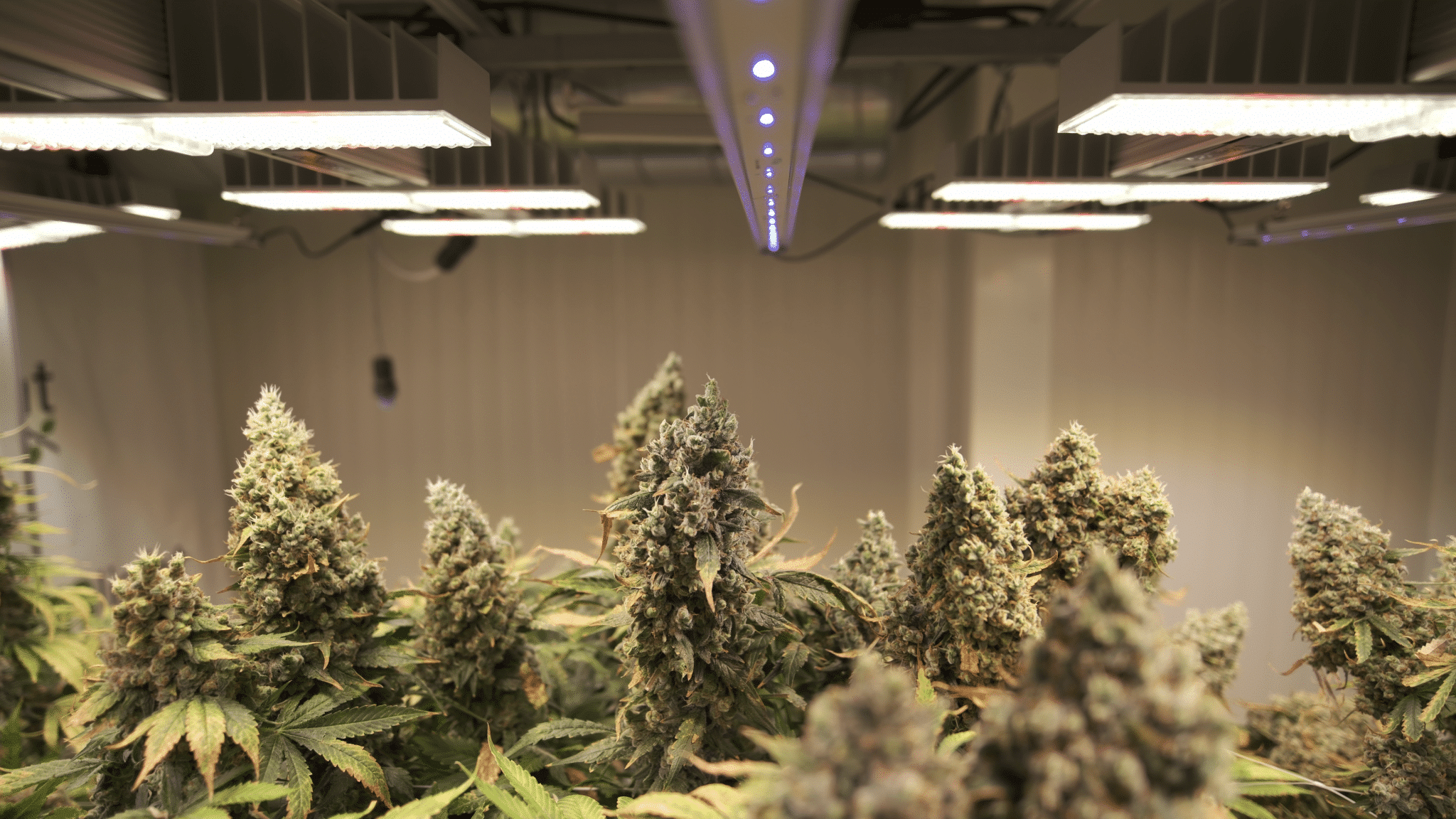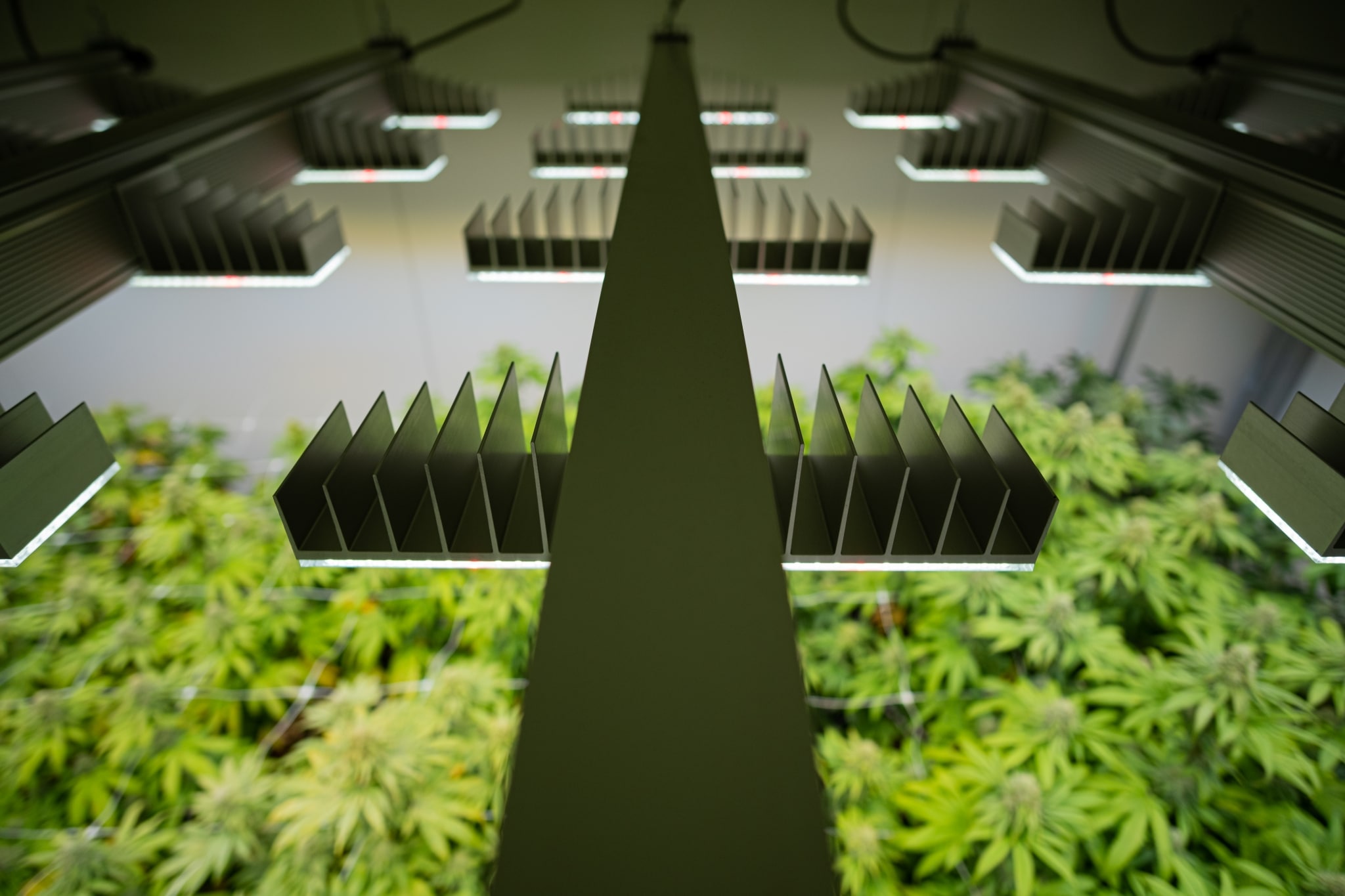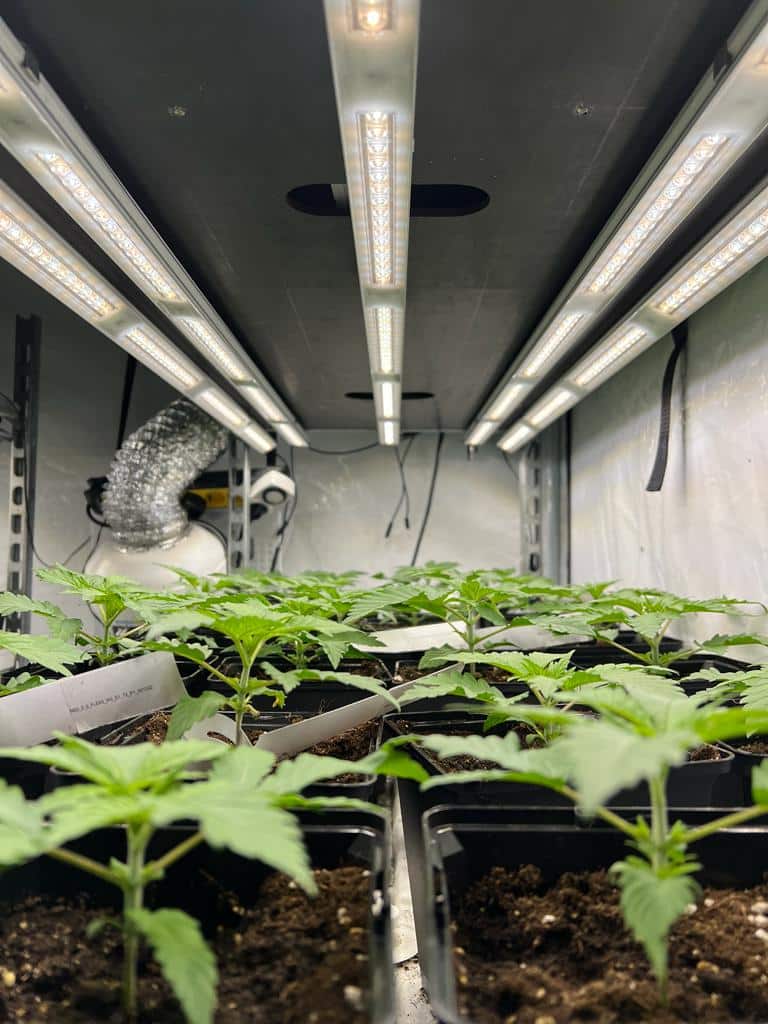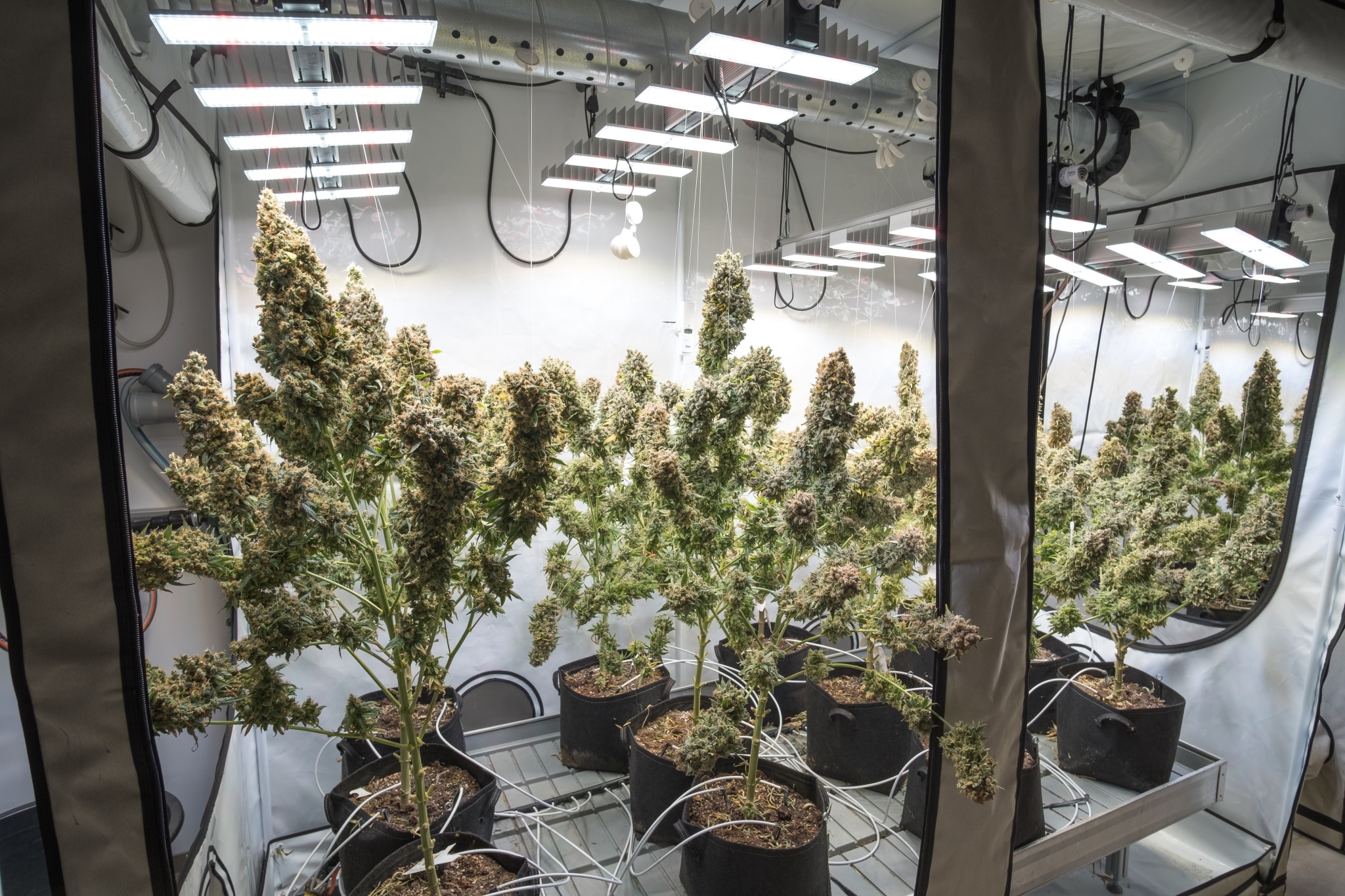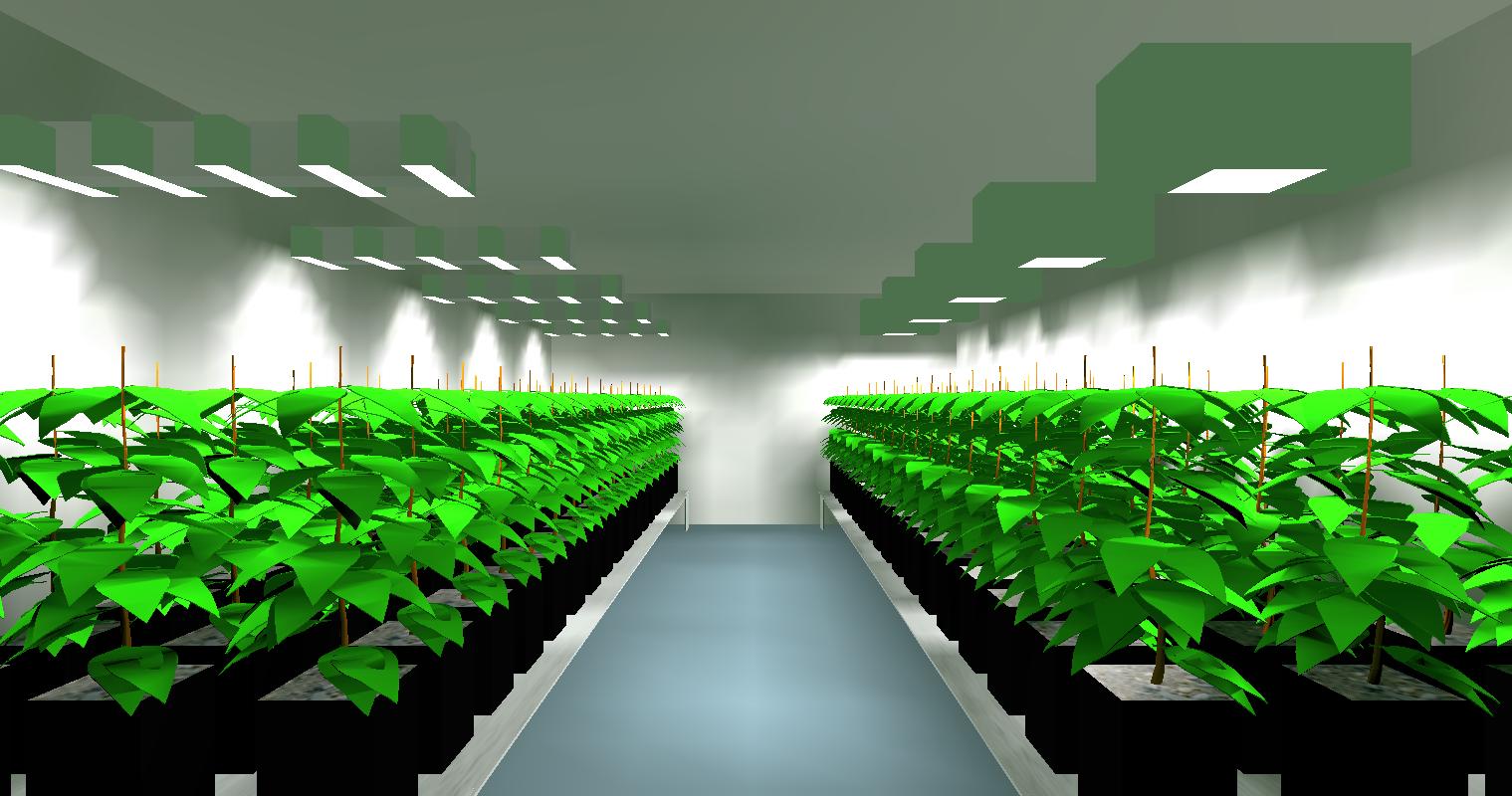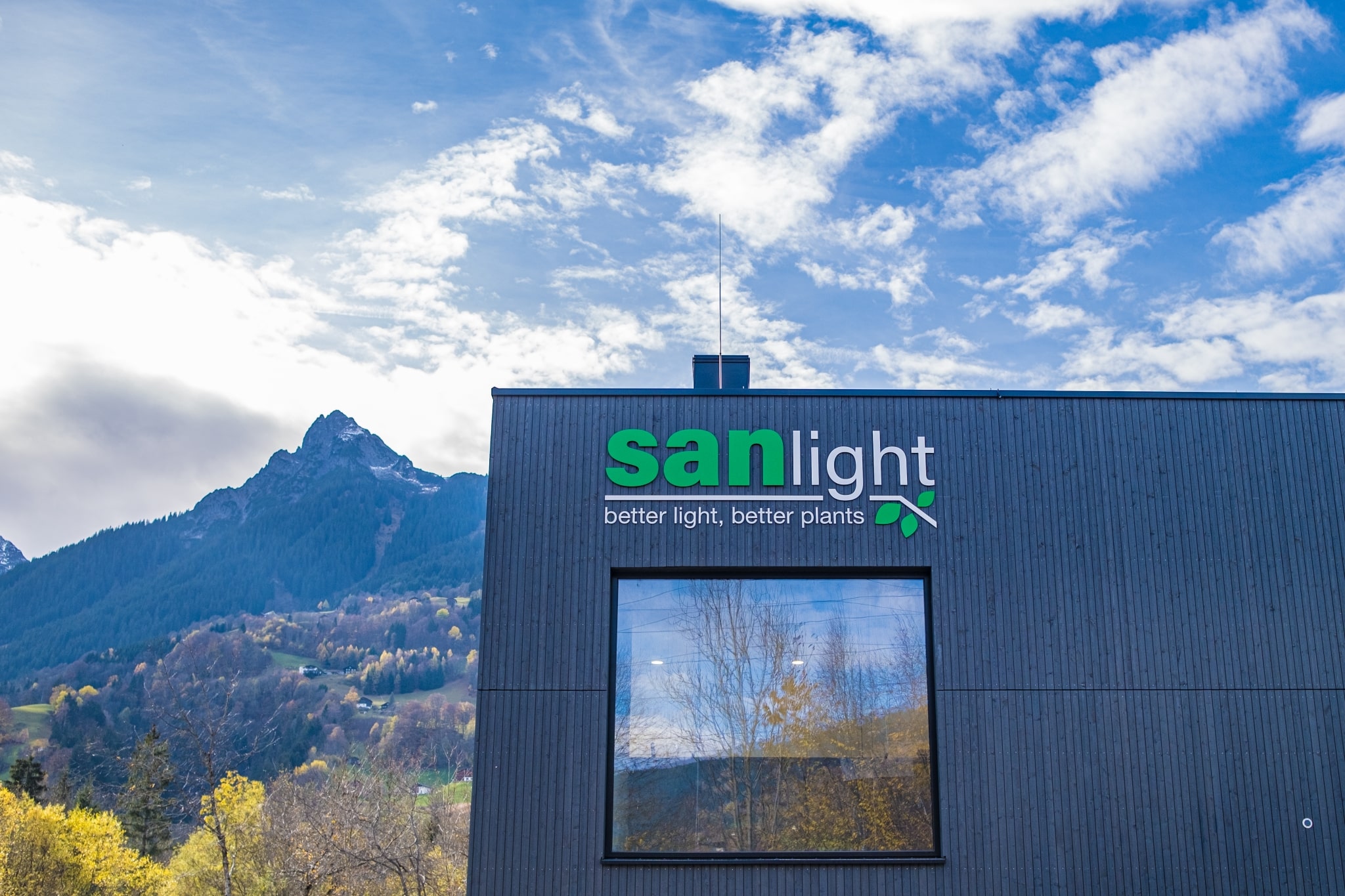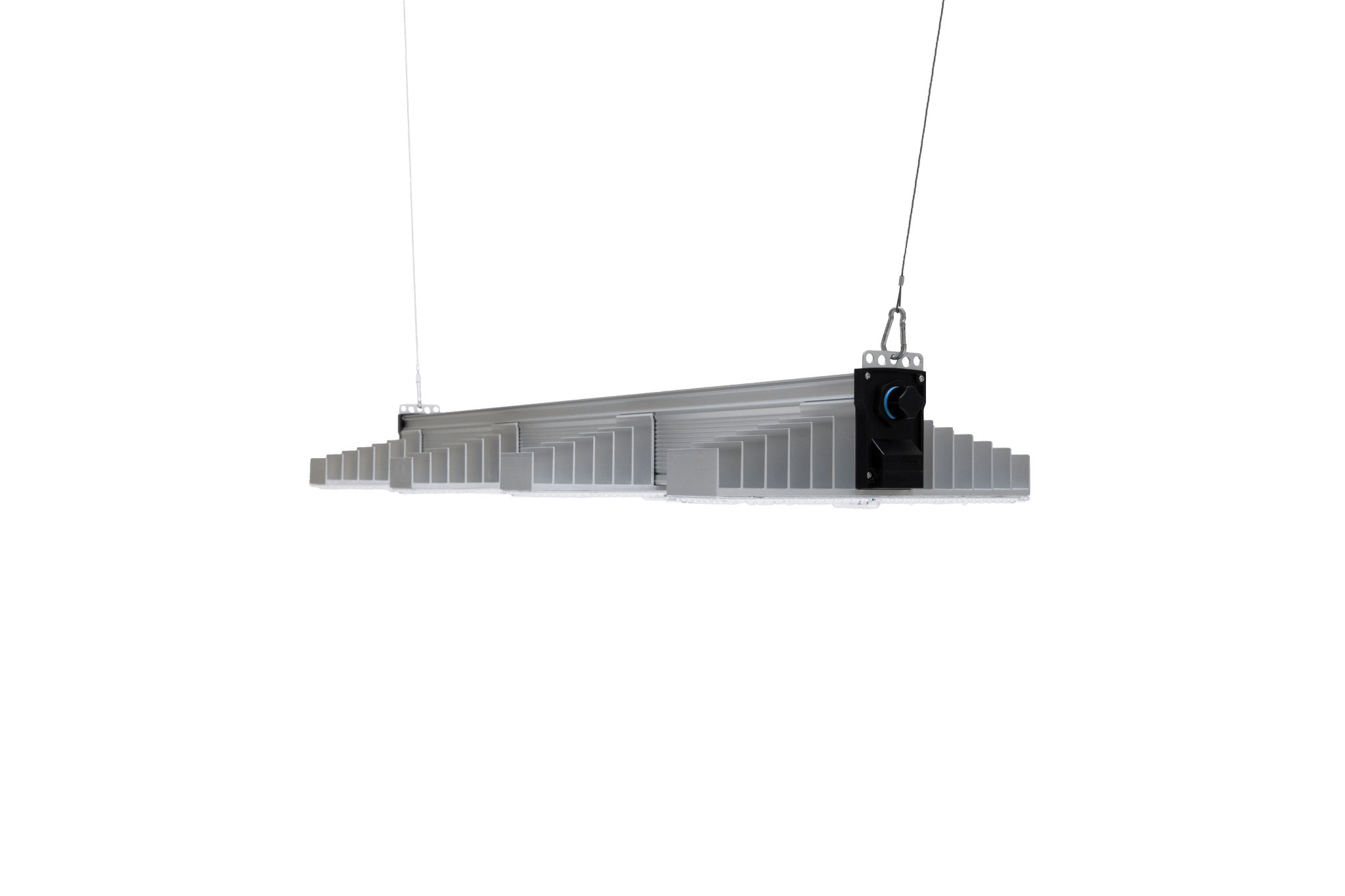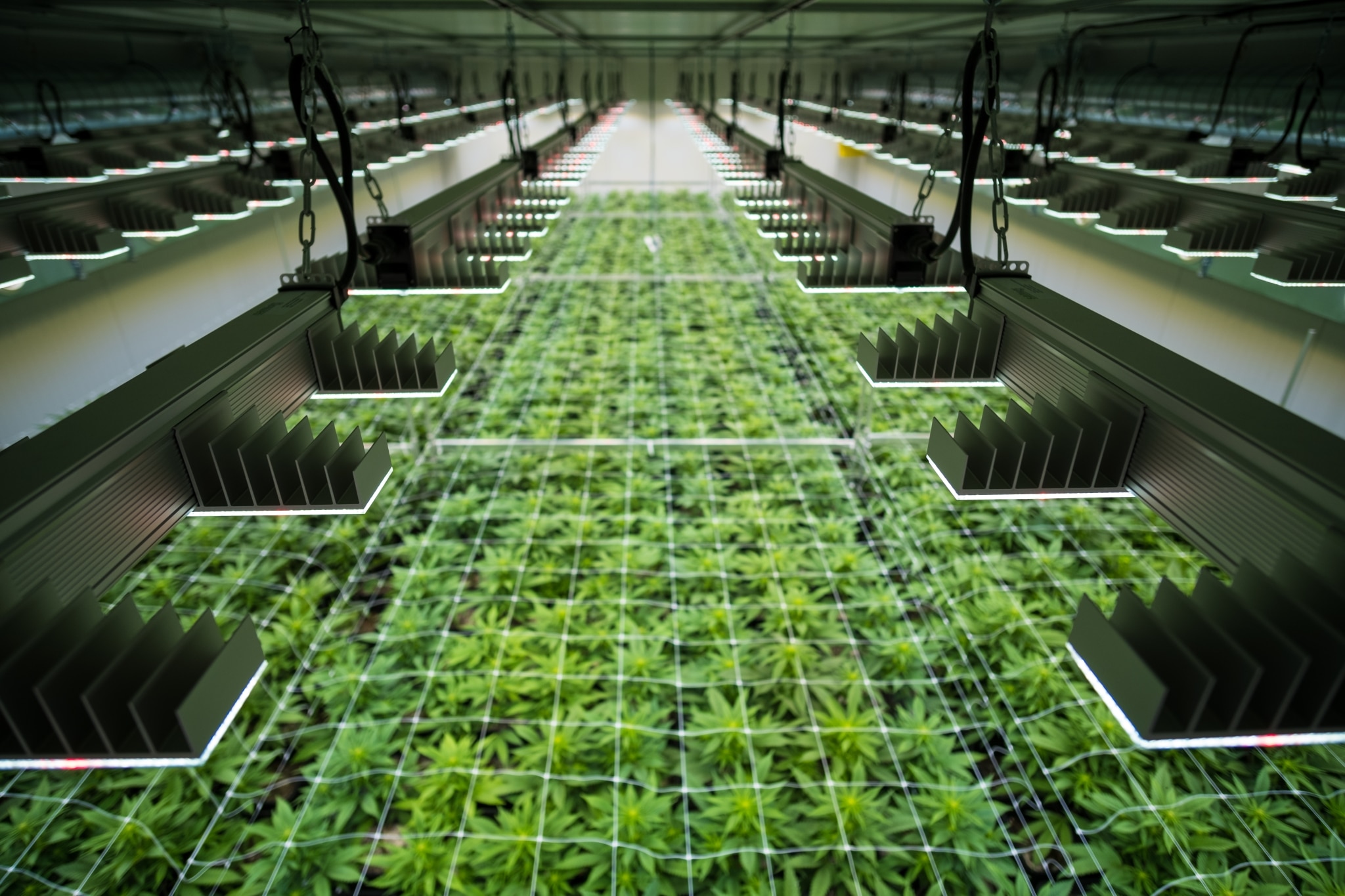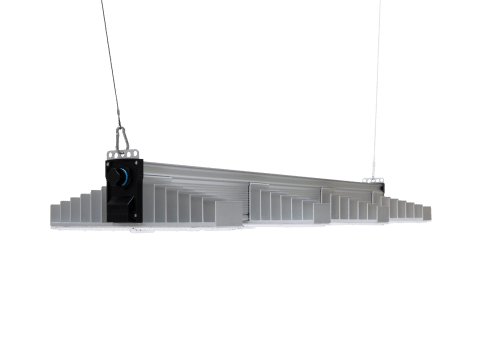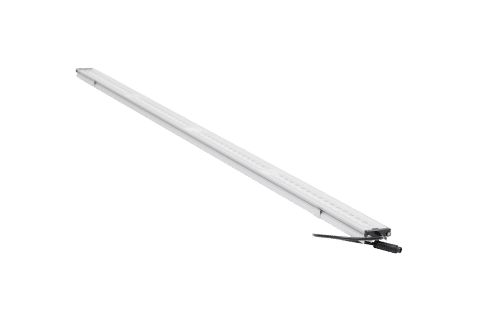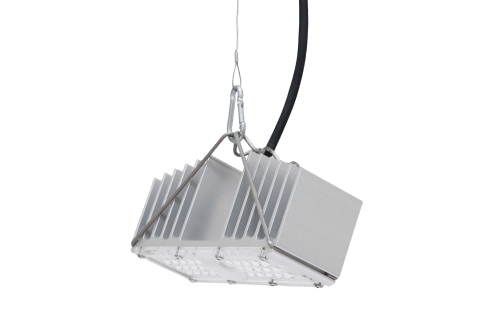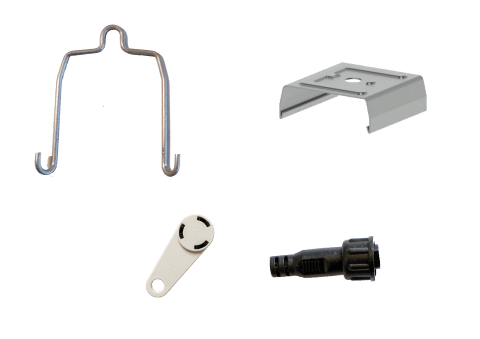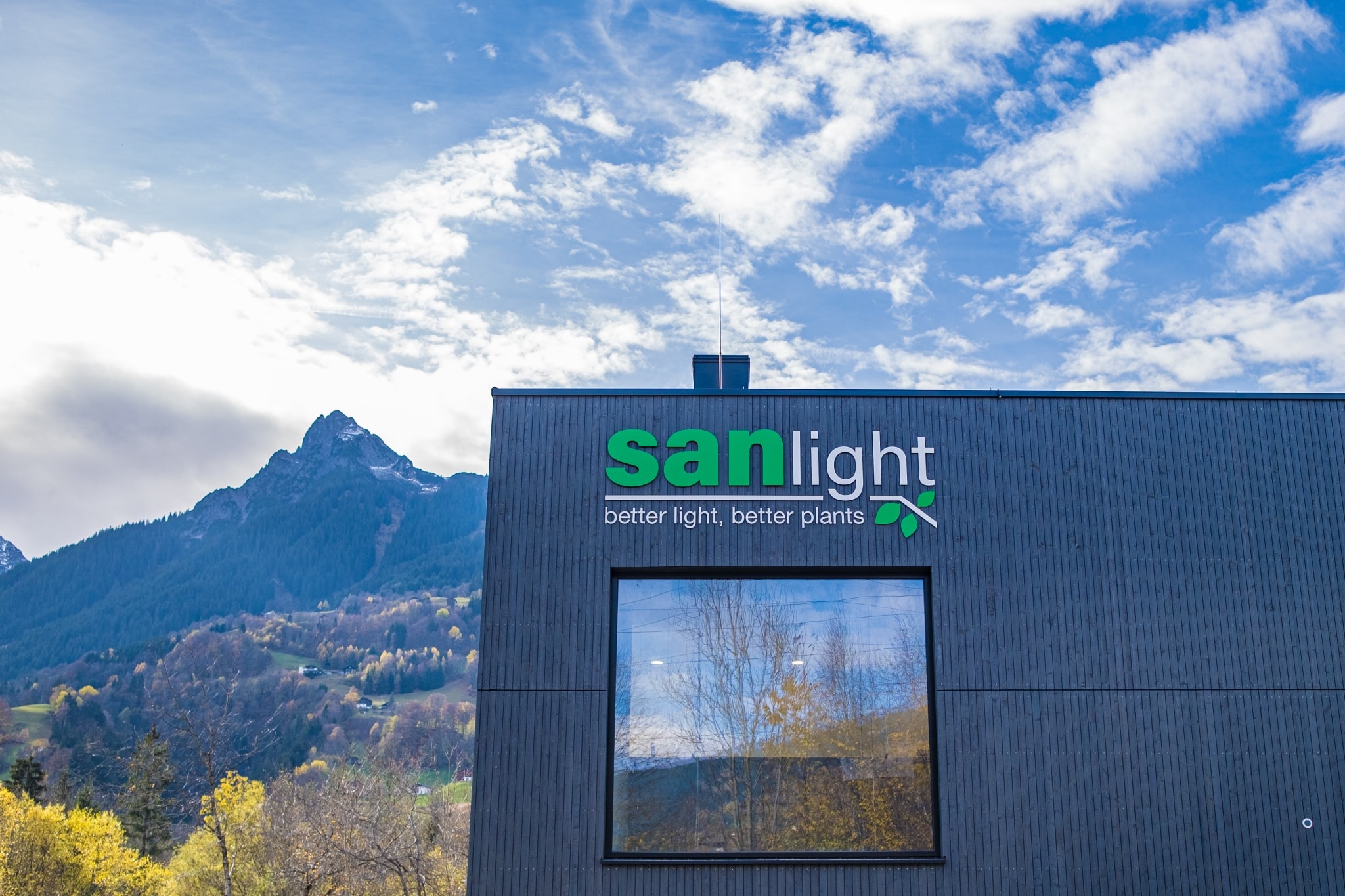Welcome to SANlight!
We are an innovative company based in the west of Austria.
At our location in Vorarlberg, we develop and manufacture outstanding and efficient LED lights for use in professional horticulture as well as in the home and hobby sector. Many years of experience in horticulture and very profound know-how in the fields of photonics and semiconductor technology flow into the development of our products.
SANlight Blog
